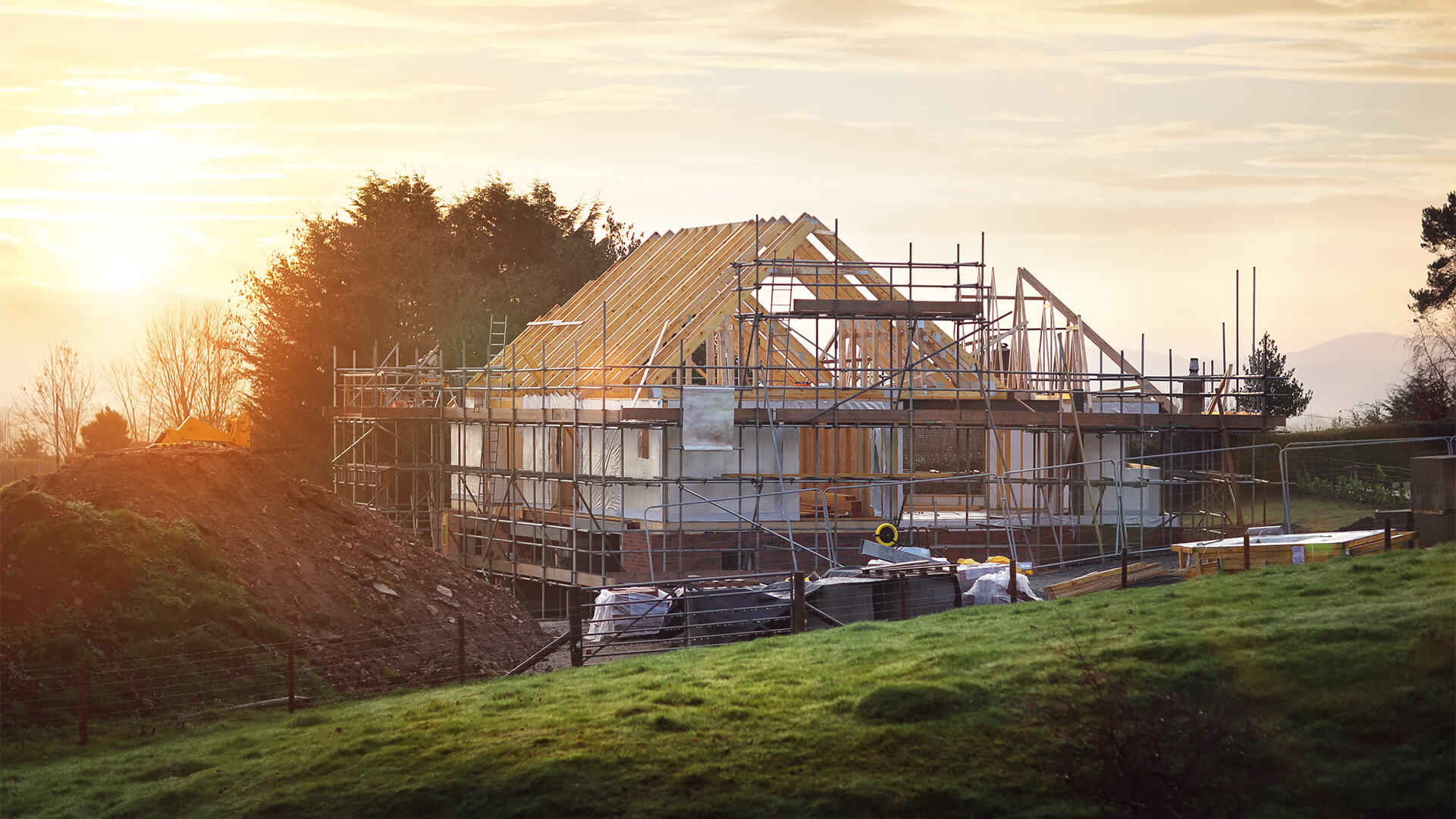Paul McHugh, Area Director UK, Cradlepoint
From drones to IoT, new technologies are transforming the construction industry. So much so that the sector is being pushed to new heights in efficiency, innovation, cost savings, and safety standards. As it stands, state-of-the-art networks are the glue that underpins these various technologies and enables site workers to build like never before. However, while the construction industry has benefitted enormously from these emerging technologies, the UK still faces a decades-long housing crisis that seems unsurpassable.
At current rates, the nation is facing an uphill battle as the building sector is unable to produce houses fast enough, and as a result, prices are skyrocketing.
UK construction firms must first invest, taking advantage of the breadth of technologies at their disposal. And with fast, reliable internet connectivity in place, they can look to capitalise on the many incredible technologies at their disposal, which could help alleviate the crisis in a number of ways.
Building the correct network for construction teams
Construction projects are well known for going over budget and over time, and as a result, firms are under constant pressure to complete projects as efficiently as possible to keep their clients happy. They don’t have the time to build and work out of ‘fixed’ sites, often setting up temporary trailers and offices in remote locations to operate their builds. Traditional wired networks, however, cannot keep up with the demands of these ever-moving office environments, often taking up to 120 working days to set up a new line.
These pop-up sites still need immediate, high-performance broadband connectivity for staff to access cloud-based applications through their laptops and tablets and for collaboration with headquarters, contractors, architects, and suppliers. This is where 5G and LTE connectivity can come in to help address these issues. By embracing mobile networks, construction sites will benefit from the exact same connection that their wired counterpart offers, but with the ability to have their connectivity infrastructure seamlessly move with them. And with highly sophisticated cloud management of these networks IT teams will be able to manage all remote sites and let the on-site personnel focus on the job at hand.
Armed with a ruggedised Wireless Wide-Area Network (WAN) router and a 5G or LTE-connected SIM card that provides ultra-low latency and high-bandwidth connection, builders will gain access to cloud-based applications. This is where the benefits truly come into play—with centralised connection management, and secure data transmission all available more quickly than if they were waiting for wired cables to be placed.
Keeping construction sites safe with 24/7 surveillance
On-site video cameras are a staple on any construction site, helping companies deter theft, conduct inspections, and monitor safety compliance. These cameras run 24 hours a day, hence the high data usage. Luckily, broadband solutions can withstand the high bandwidth and low latency needed for constant streaming.
A camera that loses its connection essentially becomes useless, as a single 20-minute lapse could be the space where something goes wrong on site, such as a flood, and not knowing the root cause could cost a company significantly.
Suppose a cloud-managed Wireless WAN router is deployed, and a camera does, in fact, go down due to a problem associated with its connection. In that case, the central IT team would be able to address the issue remotely. With one less thing to worry about, constructors can concentrate on producing buildings quickly, at a rate that coincides with the market.
Visualising projects in real-life environments
One of the most exciting technological processes construction organisations have embraced is the ability to visualise design concepts. This comes in an array of forms, but augmented reality (AR), or the ability to visualise, for example, a building in a real-life environment, enables construction teams to deliver incredible results. One such result is the ability to reduce the need to rework a project once built, as building issues can be picked up in real time through this system, potentially saving massive amounts of time and capital. Empowering constructors to deliver outstanding projects quickly will only aid efforts to diminish the housing crisis.
Like on-site cameras, AR requires constant connectivity with ultra-low latency. Due to the high-performance connection and manoeuvrability needed to wear a set of goggles constantly feeding high levels of data, broadband-powered Wireless WAN routers with edge computing are really the only option, especially when adding in the ever-moving office factor.
Optimising processes throughout a site
IoT devices also provide insights into how resources are performing, instantly flagging to construction teams if they detect a defect or if machines are starting to develop faults or issues. Armed with this information, workers can optimise processes and monitor equipment, and proactively take action if needed. For example, Taylor Construction uses smart sensors affixed to rebar and embedded in concrete aggregate, which sends data to the cloud via a 5G router. This helps the company determine if the concrete is poured correctly and track any shifting of the concrete, improving the overall outcome of the project and its safety.
Let’s not forget about how cellular networks can aid sustainability
While the objective for construction organisations is to build quickly, there is obvious pressure on every sector to step up truly sustainable efforts and deliver on them. However, construction many firms across the economy are struggling with implementing sustainability projects. For instance, in the UK, 55% of firms have been unable to proceed with their plan due to poor connectivity.
With a robust cellular network, it’s possible to start working on sustainability objectives from the get-go. For example, drones can be used to capture data that can then develop aerial surveys, reducing the need for physical site visits and providing information on how to work with biodiversity and geographic features of a landscape. Overall, more smart technology means better-informed decision-making.
By implementing broadband connectivity and embracing 5G and LTE’s low latency, ultrafast connectivity, and ease of deployment, builders have an exciting opportunity to streamline operations, utilise technology in different ways, and develop completely new use cases at every level of the construction cycle. And while this won’t bring about the end of the UK’s decades-long housing crisis, it will put construction organisations in a better position to do so.































